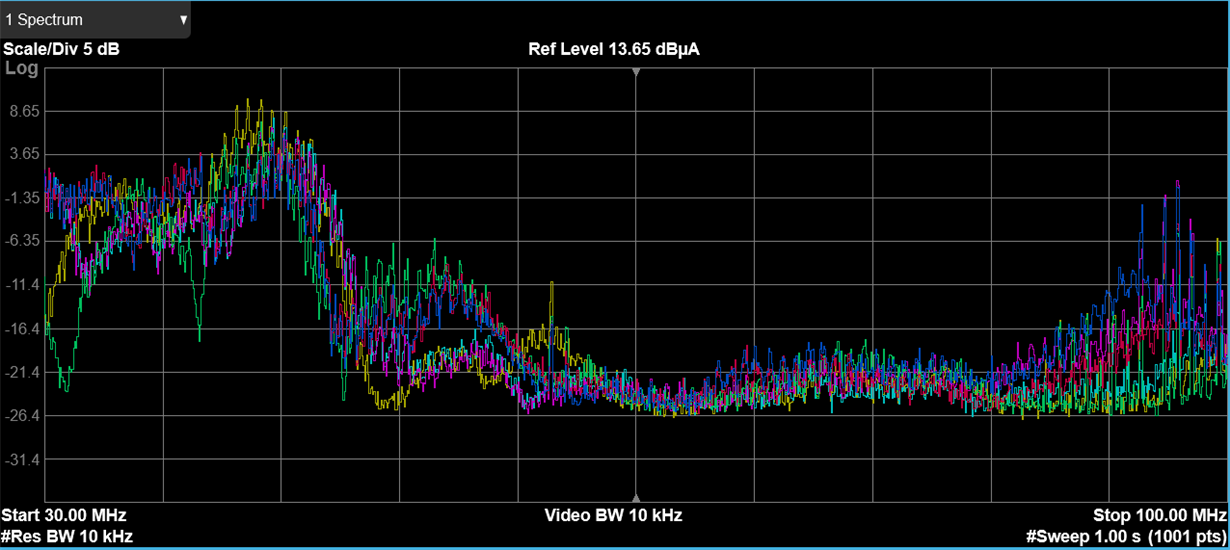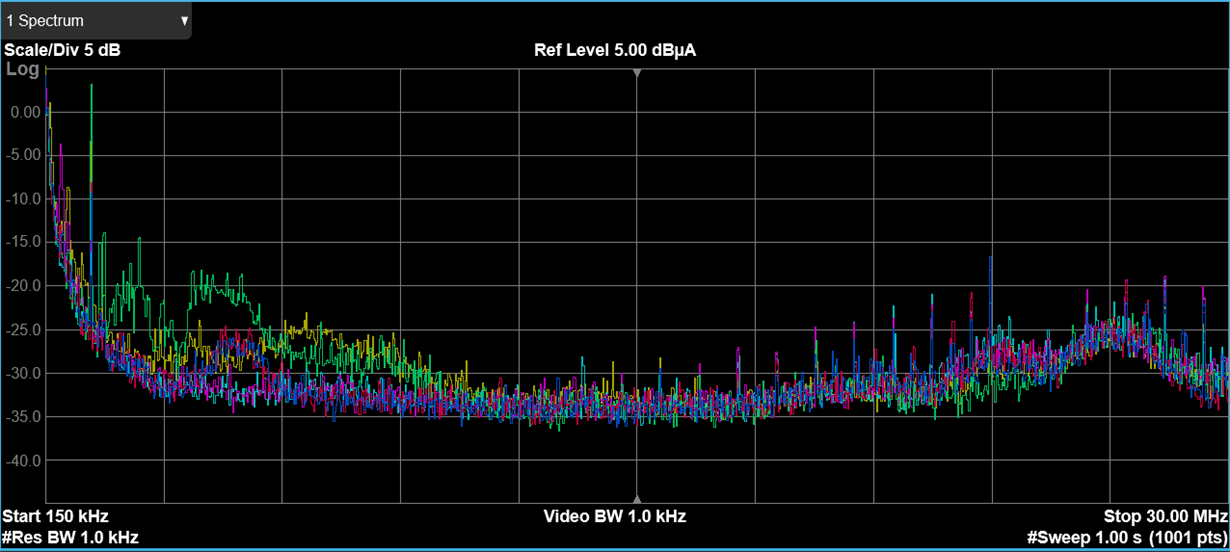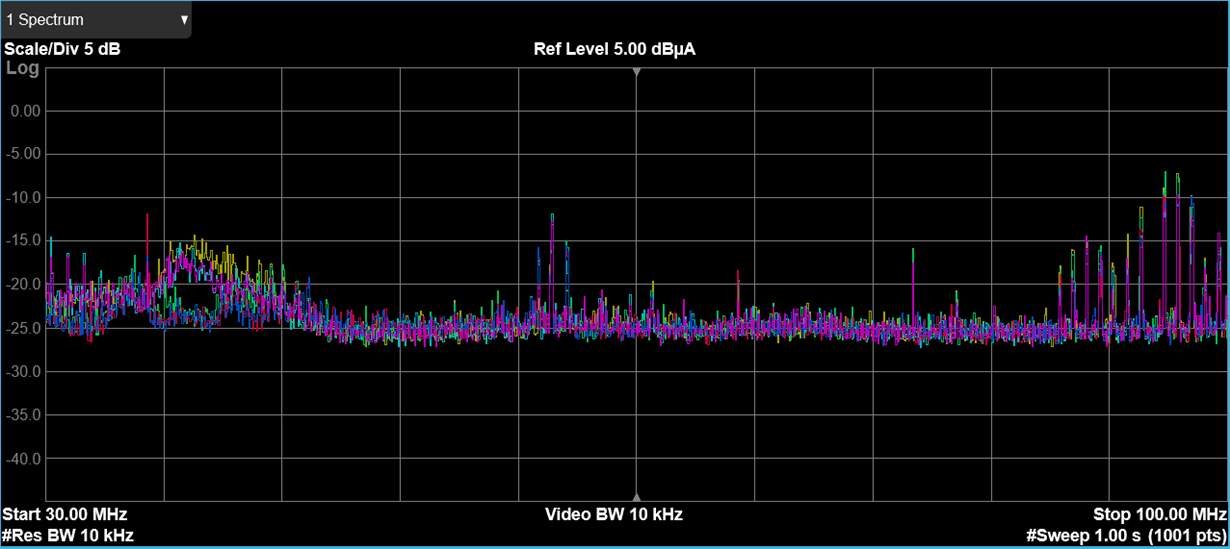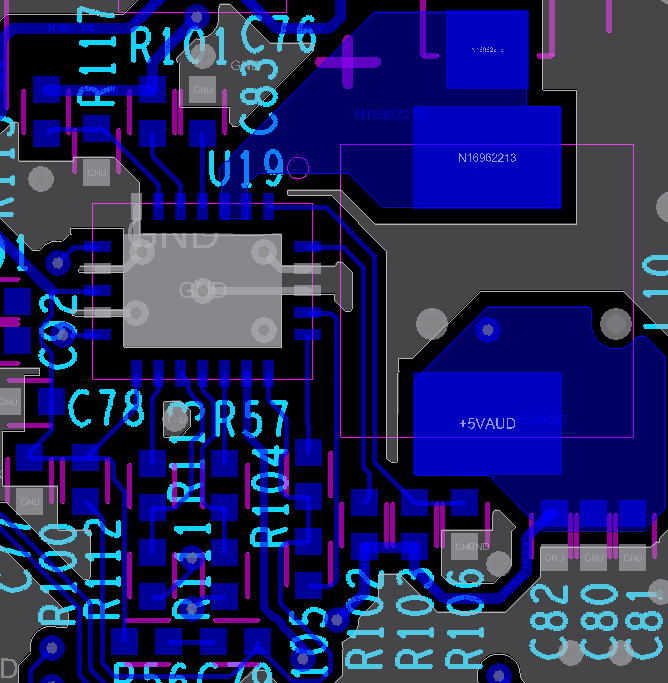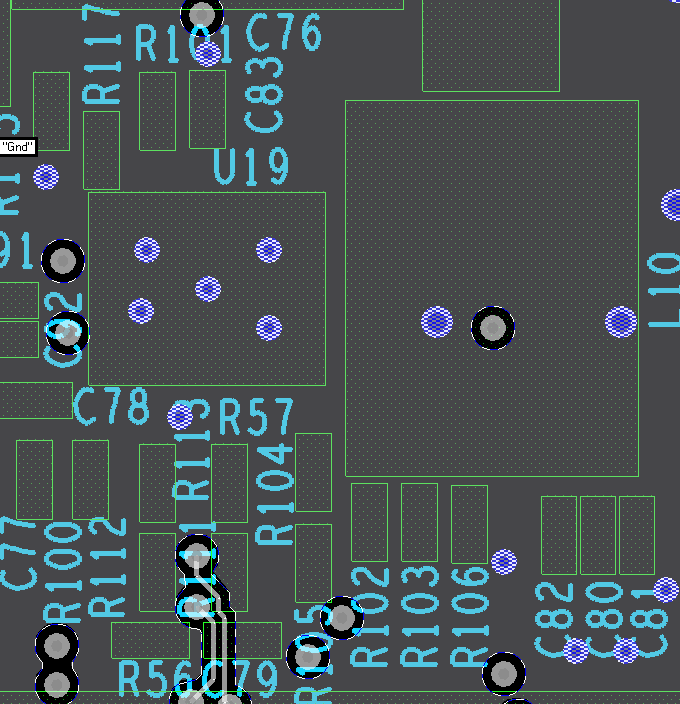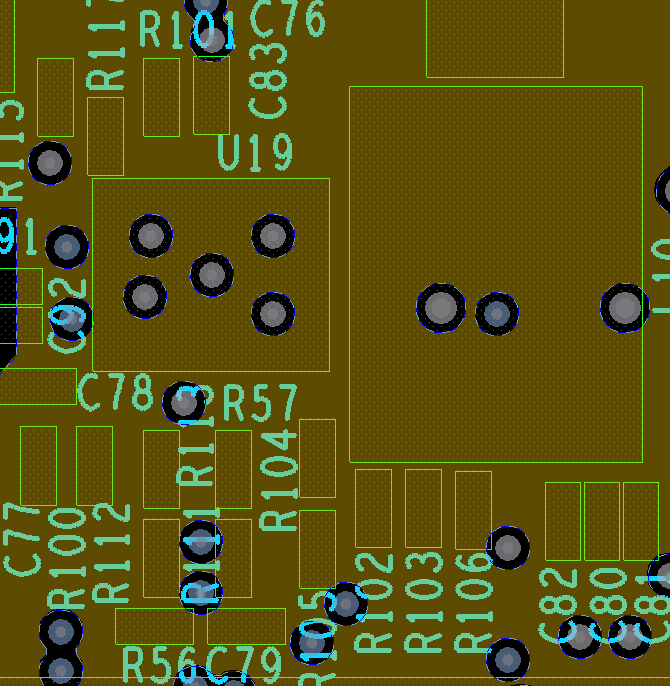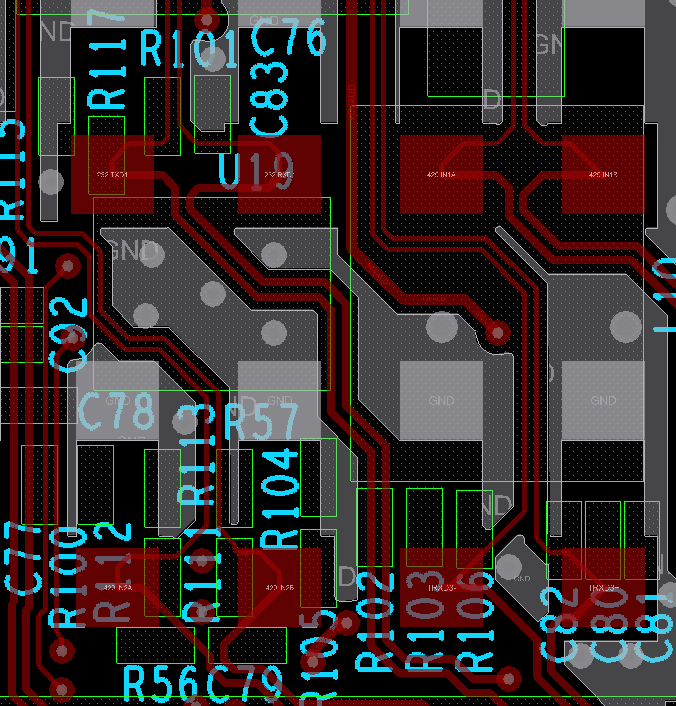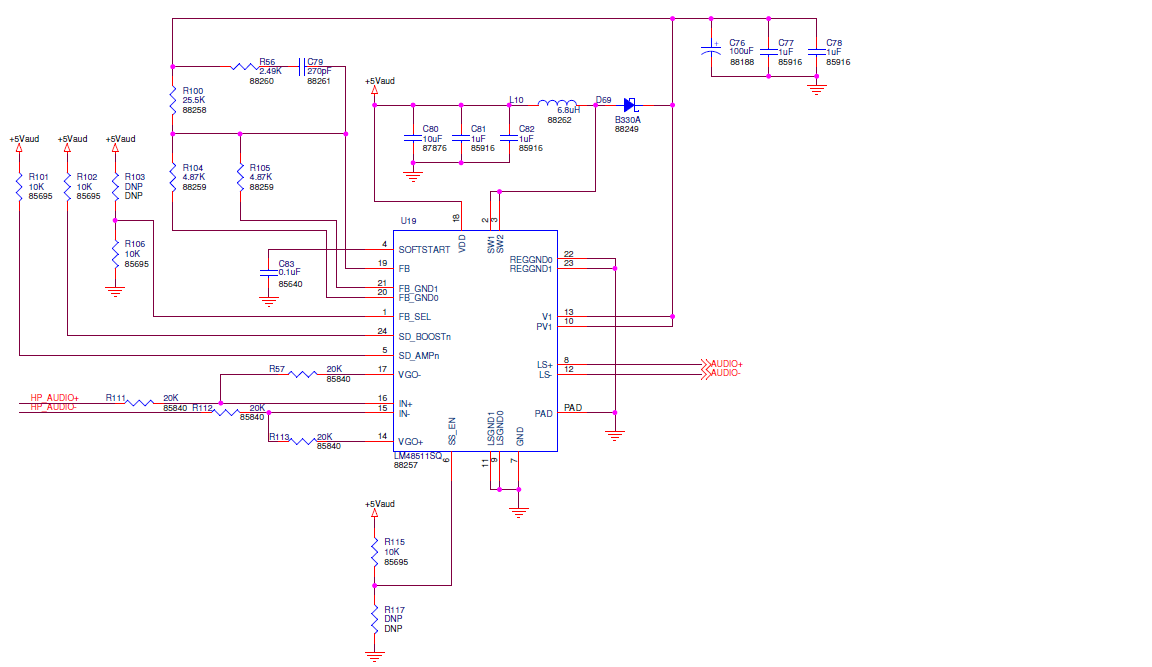My issue seems to resemble the previous post "LM48511: Noise when amp enabled, while no audio input is present."
I have tested the board with boost on and off and with the boost off it is improved slightly. It does seem like the issue is with the H bridge switching. There seems to be some ringing on the output of the PWM and I am wondering if that is the issue. I have not tried to put any sort of filtering on the output. Was there any resolution to the issue posted in the forum previously? The layout could be the issue; I have ordered the evaluation board to see if the output is cleaner than our implementation version.
I can provide graphs and data, but the data looks very similar to the data posted already in the forum.





